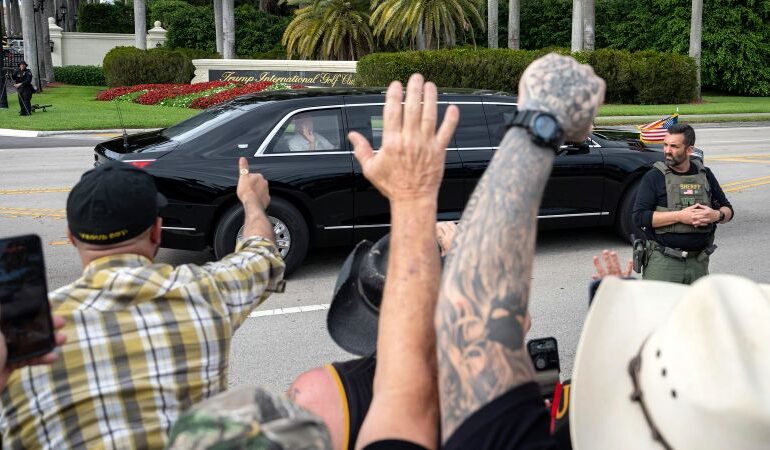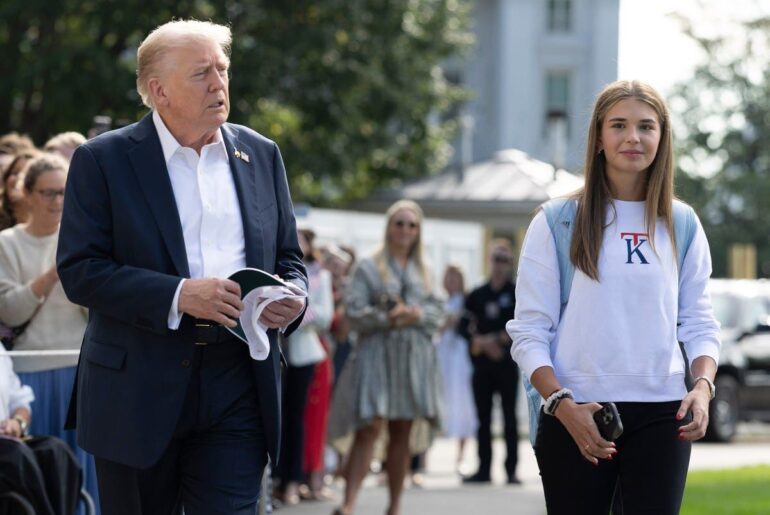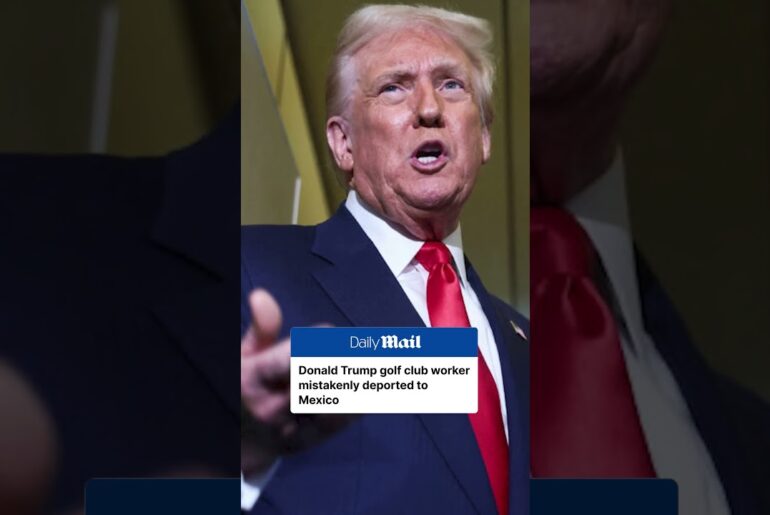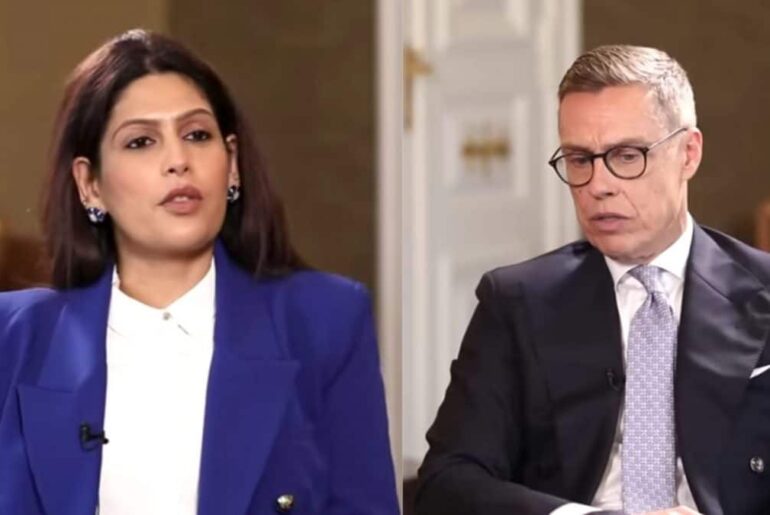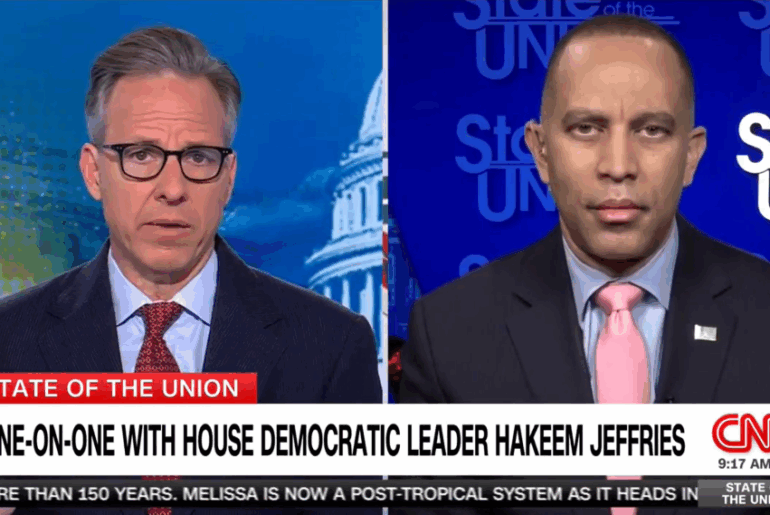At a press conference on January 11, 2017, President-elect Donald Trump explained for the first time how he would handle the many conflicts of interest that his business empire posed for his new role. His company, the Trump Organization, collected money from all over the world for luxury condos, hotel rentals, development projects, and club memberships, and he had made deals that put his name on everything from mail-order steaks to get-rich-quick courses. Could citizens trust him to put the common good ahead of personal profit? How would he assure Americans that payments to his business weren’t doubling as payoffs?
A journalist asked Trump if he would release his tax returns, as Presidents had done for decades. Trump said no, and then explained just how unconstrained he felt by such conventions. He’d recently learned that the President, being beholden only to the voters, is subject to none of the regulations that restrict subordinate officials from conducting private business on the side. He called the loophole “a no-conflict-of-interest provision,” as if it were a perk of his employment contract.
To illustrate just how glaring a conflict the law allowed him, Trump volunteered that, during the transition, he’d entertained a two-billion-dollar offer “to do a deal in Dubai.” The offer had come from Hussain Sajwani, an Emirati real-estate tycoon with close ties to his country’s rulers. Trump emphasized that he “didn’t have to turn it down.” Nevertheless, he’d passed, because he didn’t “want to take advantage of something”; he disliked “the way that looks.” Therefore, he continued, his eldest sons, Donald, Jr., and Eric, would assume daily management of his businesses until he left office.
Trump then turned things over to Sheri Dillon, one of his tax lawyers, who argued that he could hardly be expected to do more than the temporary handover. Trump would not “destroy the company he built.” Since Trump’s star turn on the NBC reality show “The Apprentice,” the Trump Organization had mainly sold the use of his name. Most of its profits came from developers who flew the Trump flag over buildings that he didn’t build or own, or from businesses that used his name to sell shirts, mattresses, or pizza. If Trump tried to off-load his whole company, Dillon explained, a buyer might overpay in order “to curry favor with the President,” or, just as worrisome, might demean the highest office in the land by crassly cashing in on the President’s name. Trump and his family, Dillon declared, would never do anything that might “be perceived to be exploitive of the office of the Presidency.”
That was a different era. Dillon’s firm stopped representing Trump in 2021, after the mob he stirred up attacked the U.S. Capitol. And in Trump’s second term the President and his family have paid no mind to their lawyer’s promise. During Trump’s first term, they pledged to abstain from any new deals overseas. That’s out the window. The Trumps are now cashing in on five major deals in the Persian Gulf alone. Donald, Jr., on a recent visit to Qatar, said that the family’s restraint during the first Trump Administration had not stopped his father’s critics from constantly accusing the family of “profiteering.” So the Trumps would no longer lock themselves in “a proverbial padded room, because it almost doesn’t matter—they’re going to hit you no matter what.” (A spokeswoman for the Trump Organization told me that it employs an outside ethics adviser—currently, Karina Lynch, a lawyer and a lobbyist who previously worked as a Republican Senate staffer and has represented Donald, Jr.—to “avoid even the appearance of impropriety.”)
Many payments now flowing to Trump, his wife, and his children and their spouses would be unimaginable without his Presidencies: a two-billion-dollar investment from a fund controlled by the Saudi crown prince; a luxury jet from the Emir of Qatar; profits from at least five different ventures peddling crypto; fees from an exclusive club stocked with Cabinet officials and named Executive Branch. Fred Wertheimer, the dean of ethics-reform advocates, told me that, “when it comes to using his public office to amass personal profits, Trump is a unicorn—no one else even comes close.” Yet the public has largely shrugged. In a recent article for the Times, Peter Baker, a White House correspondent, wrote that the Trumps “have done more to monetize the presidency than anyone who has ever occupied the White House.” But Baker noted that the brazenness of the Trump family’s “moneymaking schemes” appears to have made such transactions seem almost normal.
How much money does it all amount to? What’s the number? In March, Forbes, known for ranking the wealth of billionaires, estimated that Trump’s net worth had more than doubled in the previous year, surpassing five billion dollars. In July, the Times put Trump’s wealth at upward of ten billion. Yet both estimates included billions of dollars in paper profits that would almost certainly disintegrate if the Trumps pulled out of certain investments. (What’s Truth Social worth without him?) These estimates also included assets untainted by any obvious exploitation of the Presidency, such as properties that Trump owned before entering office, or fees paid by resort customers who simply want to play golf or book a hotel room.
Although the notion that Trump is making colossal sums off the Presidency has become commonplace, nobody could tell me how much he’s made. Norm Eisen, a government-ethics lawyer and a vocal Trump critic, said, “We don’t know the full amounts.” Robert Weissman, a co-president of the left-leaning advocacy group Public Citizen, said, “We will never really know.” Wertheimer noted that for decades Trump had boasted constantly, and in detail, about how rich he was. “He doesn’t talk about it anymore,” Wertheimer said. “He may be the greatest con artist in American history.”
A more considered accounting seemed in order. I decided to attempt to tally up just how much Trump and his immediate family have pocketed off his time in the White House.
In financial terms, the Presidency came to Trump at a fortuitous moment. Russ Buettner and Susanne Craig, the Times reporters who obtained some of Trump’s tax returns, conclude in their book, “Lucky Loser,” that by 2015 he had burned through much of the vast fortune passed on to him by his self-made father—an inheritance worth as much as half a billion dollars today. If Trump had put that money into the stock market, he could have ended up much richer. His life style also guzzled money. In 1990, in a deal to keep the Trump Organization out of bankruptcy, his lenders agreed that he needed four hundred and fifty thousand dollars a month just to make ends meet.
“The Apprentice,” on which he played the outsized version of himself that he has always tried to project to the world, once covered his losses. In the seven years following its début, in 2004, the show paid him $135.2 million. And its glamorizing effect allowed him to make money without buying or building anything, just by licensing his name and selling endorsements. Nearly all the real-estate projects he announced during this period—from Hawaii to Israel—were licensing deals. Licensing and endorsements made him $103.2 million in riskless profit. “I don’t want to say it was free revenue,” Donald, Jr., later testified in a New York court. But he did allow that the company’s licensing business was “a pretty spectacular system.”
Yet even the “Apprentice” windfall wasn’t always enough to keep Trump in the black. According to annual reports that the Trumps sent their lenders from 2011 to 2017, during those years Trump brought in $259 million from television and licensing contracts, but, thanks to his habit of overspending on properties, he still reported a negative cash flow of $46.8 million. Dwindling viewership numbers had killed “The Apprentice” in 2010, and by 2015 its doubly gimmicky offspring, “The Celebrity Apprentice,” was ailing, too. Trump’s licensing, endorsement, and “Apprentice” income fell to $22 million that year. Buettner and Craig note that between 2014 and 2016 Trump sold about $220 million in stock—nearly all his stock holdings—apparently to make up for losses as that income tapered off. Then, on June 16, 2015, Trump launched his first Presidential campaign with a speech in which he described Mexican immigrants as criminals and “rapists.” NBC kicked him off the air. Macy’s, Serta, and Phillips-Van Heusen ended endorsement deals.
After Trump won the election, lawsuits filed in the backlash against his Presidency added some big new expenses. By the start of his second term, he owed nearly five hundred million dollars to New York State, which had sued him for fraud, and more than $88 million to E. Jean Carroll, who had sued him for sexual assault and defamation. (Appeals are still pending.) Trump, in short, was in a tight spot when he first entered the White House and in an even tighter one when he returned. Just six months later, his financial situation has vastly improved.
Trump’s critics often describe his Administration as an oligarchy or a kleptocracy, conjuring parallels with Vladimir Putin. Yet experts who track international corruption told me that this is going too far. Global titans of self-dealing—such as Najib Razik, Malaysia’s former Prime Minister—divert vast sums from national coffers directly into their bank accounts. U.S. prosecutors have charged that Razik stole about four and a half billion dollars, including by transferring about seven hundred million into his personal accounts. Nobody has credibly accused Trump of simply embezzling payments to the I.R.S. Gary Kalman, the executive director at the U.S. branch of the corruption watchdog Transparency International, cautioned against “making stuff up just because everything is believable.”
Critics of Trump’s “oligarchy” invariably point to his relationship with Elon Musk. Musk contributed more than $290 million to back Trump and other Republicans in 2024. Trump then gave him an Administration role with seemingly extralegal power to reorder federal agencies; all the while, Musk’s businesses Tesla, SpaceX, and Starlink were profiting from government contracts or subsidies. In March, the President performed in what was effectively a television commercial on the White House lawn. Trump, after announcing that he would purchase a red Tesla parked there, declared, “It’s a great product—as good as it gets.” All that may be unseemly. Yet every American political campaign relies on private donations. All modern Presidents have sold access for campaign money, and all have rewarded donors with political appointments—especially ambassadorships.
More important, campaign-finance laws restrict how Trump can use his political war chest. Since reëntering the White House, Trump has raised the record-breaking sum of six hundred million dollars for his political operation. He can tap into that reserve to attack congressional enemies, and he can direct it toward other campaigns. (Donald, Jr., has contemplated a Presidential run.) Yet the money generally can’t bankroll personal expenses. In the campaign-money game, Trump plays at an Olympian level, but he hasn’t changed the rules.
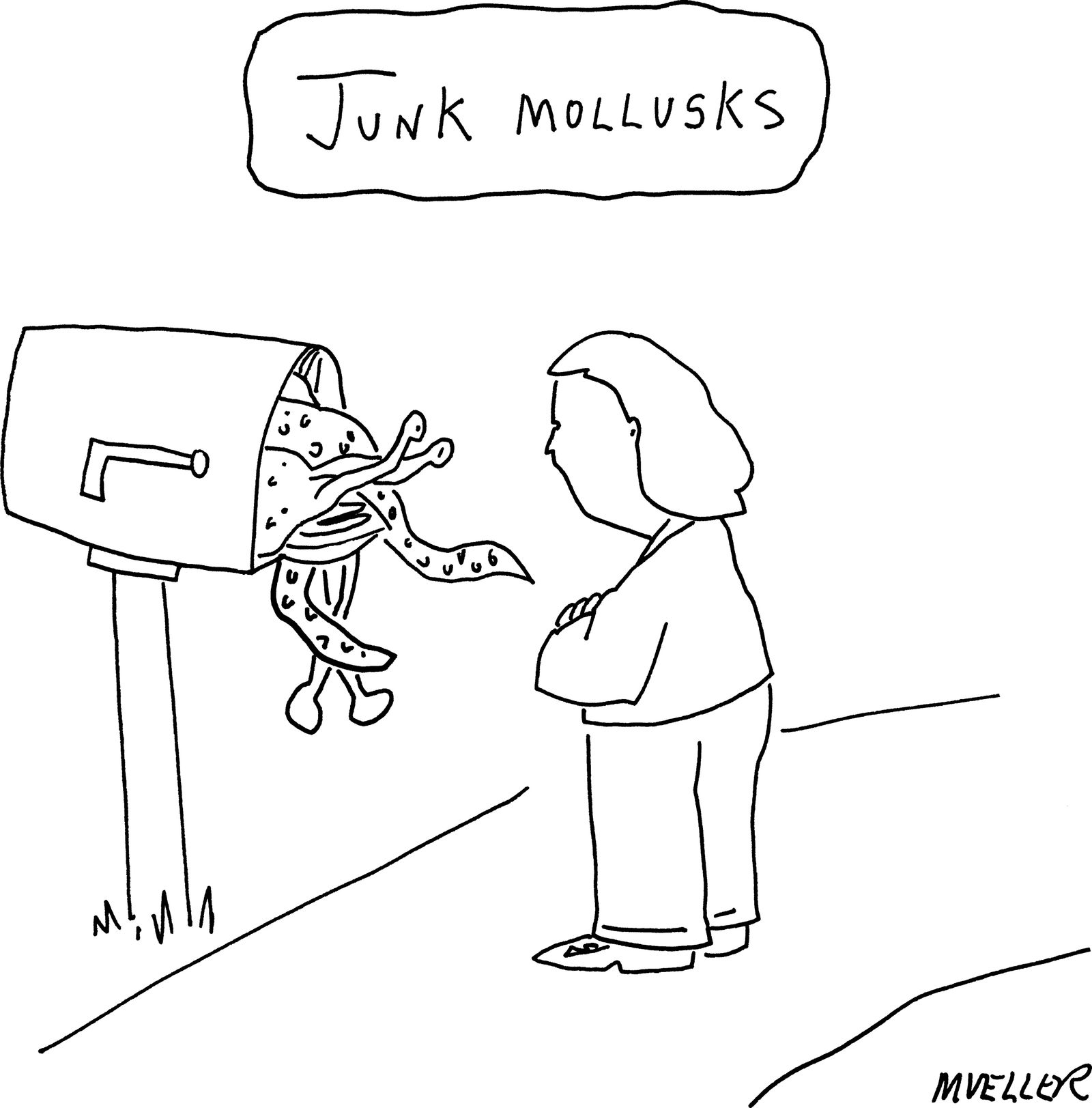
Cartoon by P. S. Mueller
Personal self-enrichment is where Trump is a true innovator, and his winnings in that category are also harder to quantify. On his tax returns, Trump has aggressively minimized the value of his assets and maximized the extent of his losses. On loan applications, he’s done the opposite, puffing up his wealth to borrow as much as possible. And on the financial-disclosure forms he’s been required to file as a candidate or as President, he usually provides only a business’s gross revenue, not its bottom line, thus reporting tens of millions of dollars in “income” from hotels that are actually losing money.


